Based on our experience, and some very specific criteria, we’ve put together this list of the best cities for digital nomads around the world. We added our own research, advice, and practical information to make this comprehensive guide a starting off point for someone who is looking for a good place to start their journey as a digital nomad.
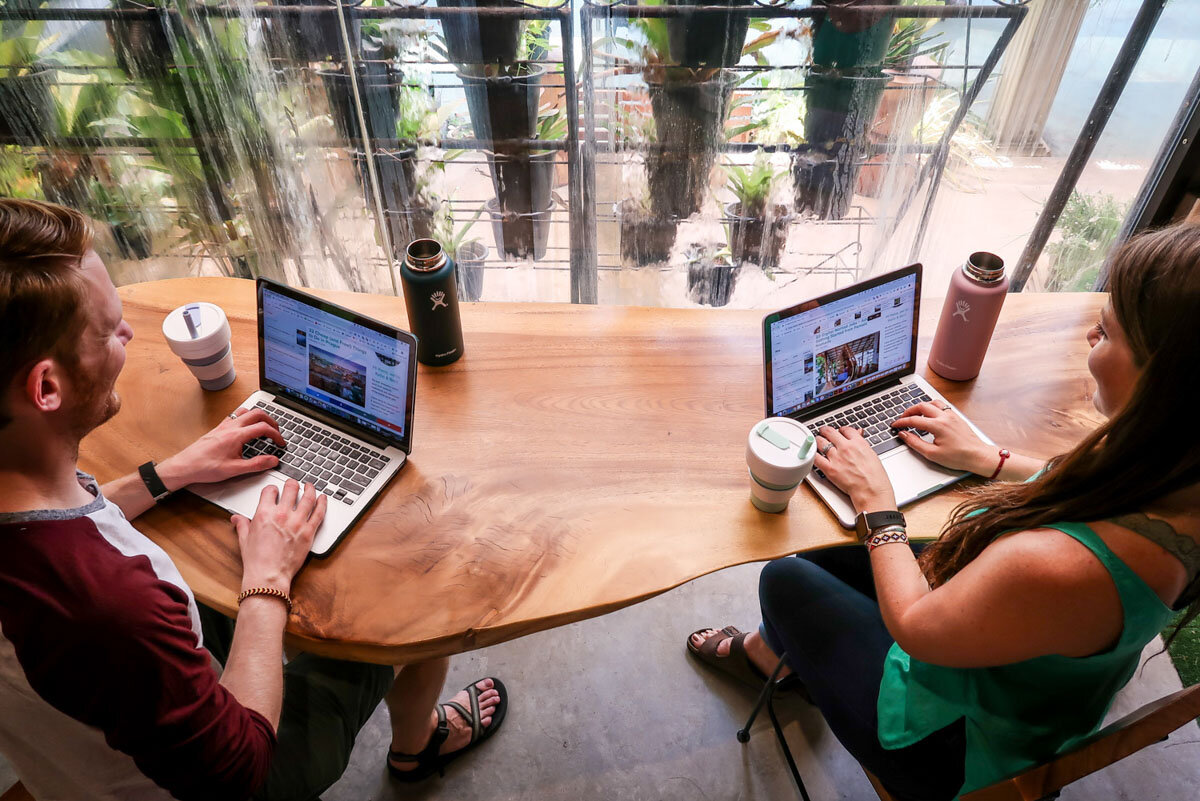
Becoming a “digital nomad” can look very different to each person. To some, it means quitting their job, selling their house, and starting over. And for others, it’s a more smooth transition, especially if you already have a job that allows you to work remotely.
But no matter where you are on the spectrum, one of the things that makes the digital nomad lifestyle 100 times easier is choosing a location that is well-suited to working remotely.
We have managed to live and work in a lot of places some might call “digital nomad hubs” around the globe. Based on our personal experiences and talking to other digital nomads we’ve met along the way, we’ve put together a list of the best cities for digital nomads.
We added our own research, advice, and practical information to make this comprehensive guide a starting off point for someone who is looking for a good place to start their journey as a digital nomad.
Wait… back up…
What is a “Digital Nomad”?
If you’re asking yourself this question, we’d highly suggest checking out our Digital Nomad page as it’s full of useful information about traveling and working aboard as a digital nomad.
In short, a digital nomad is a term coined for people whose jobs are location-independent, allowing them to travel the world while making their living online. The “nomad” part comes in, because these people tend to not stay in any one place for very long. Therefore making their home base an ever-changing rotation of cities around the world.

How to choose the best Digital Nomad City
There is a very specific combination of things that make a city digital nomad-friendly. Here are some criteria you’ll definitely want to consider:
- Cost of living: Choosing places with a low cost of living is a top priority for many digital nomads.
- Internet speed and connection: We won’t be able to do our jobs properly if we can’t guarantee good internet. We check out the area to see if there are co-working spaces available for us to join and if there is a strong cafe culture where wifi is prevalent.
- Availability of short-term housing: Not all cities around the world have ample short term housing available, which can make finding housing tricky. In these cases, Airbnb can be a good option, however, many of the cities on this list have the option to work with a realtor or find other short-term leases.
- Digital Nomad Community: It’s always fun to get to know locals around the world, but it’s also nice to have a support system and make friends with like-minded people who are also foreigners in the city we are hoping to visit. Especially if there is a major language barrier for us.
- Work-life balance: Are there plenty of things to do outside of work? Will we be able to plan fun weekend adventures and day trips to nearby sites? Is there good nightlife or a foodie scene?
We weighed all of these factors when creating this list of the best cities for digital nomads around the world.
In this article you’ll find cities where the Internet is strong, the cost of living is low, short-term housing is abundant, the community is active, and there are plenty of things to do! Plus, we’re breaking down all the things you need to know about each city – the good and the not-so-good – so you can make an informed decision before booking a one-way flight.
Note: We calculated the average cost of an apartment in the cities listed below based on the average cost for a 1-bedroom or studio apartment in the neighborhood(s) we suggested. The average cost of living is shown as a range with a shoestring budget on one end (where you may have to live outside of the suggested areas, and cook or eat only street food to save money) and a mid-level budget on the other.
Chiang Mai, Thailand
Affordable city life with a strong DN community
With the low cost of living in SE Asia, the beautiful weather, and tasty cuisine, digital nomads have been flocking to Chiang Mai for quite a while now. This means there is a well-established nomad community with lots of social networking opportunities on a regular basis.
High speed internet is easy to access and flights to the southern Thai islands and nearby Asian hot spots are very affordable. Plus, the longer you stay, the better deal you will find on an apartment rental.


Weather: Average temps is Chiang Mai range between 60-95 °F (15-35 °C). The hot season is March – May, the rainy season is May – October, and the cooler season is November – February.
Language: Thai language; English is widely understood
Average Cost of Living: $700 – $1,300 USD per month
-
Average Apartment: $350 – $700 per month (costs go down with longer leases)
-
Meal at a local restaurant: $1.50 – $5 USD
-
Coffee: $1.65 USD
-
Beer: $3.30 USD
Packing: Get a free PDF download of our ultimate packing list for SE Asia.
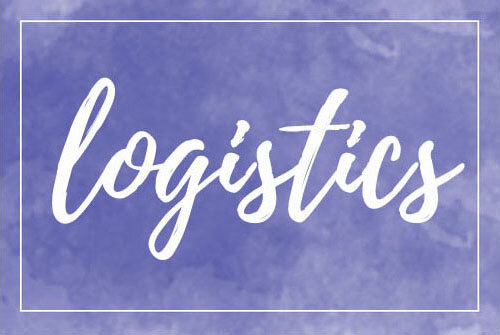



Recommended Neighborhood(s): Nimman, Santitham, Old City, Suthep
Getting around: Nimman neighborhood is very walkable. Public transportation includes Songthaew (shared taxis), buses, tuk tuks, the Grab app (works like Uber) and MoBike (a bicycle share program). You can also rent a motorbike with an international driver’s license.
Visa: Some nationalities allow for a visa exemption (US, UK, Canada etc.) or visa on arrival that allows you 30 days in the country. You can also apply for a Tourist Visa before entering the country for 60 days up to 6 months.




Co-working spaces to check out:
Best Wifi Cafes:
-
Passion Project
-
Ember Coffee & Eatery
-
Area53
Local SIM Card: A prepaid local SIM can be purchased from any of the major carriers in Thailand: AIS, TrueMove, dtac. Prices vary based on packages, but you can get data for a week for as little as 299 THB. AIS has a location inside the Chiang Mai airport, across from International Arrivals.




Top Things to Do in Chiang Mai:
-
Visit the mountain-top temple of Doi Suthep
-
Explore the Chiang Mai markets such as the Chiang Mai Nigh Bazaar, the Saturday Night Market and the Sunday Night Market
-
Spend the day with elephants (in a responsible way!) at Elephant Nature Park
-
Climb up the Sticky Waterfalls
-
Find details on the above and a lot more things to do in Chiang Mai in this article.
Community: Join Facebook groups such as “Chiang Mai Digital Nomad Girls,” or “Digital Nomad Coffee Club – Chiang Mai” to find regular meet ups and events in the area.
Want more information? Check out our complete guide to living in Chiang Mai as a digital nomad. It may just be the longest and most detailed guide on the Internet!
Canggu, Bali
Low cost island living
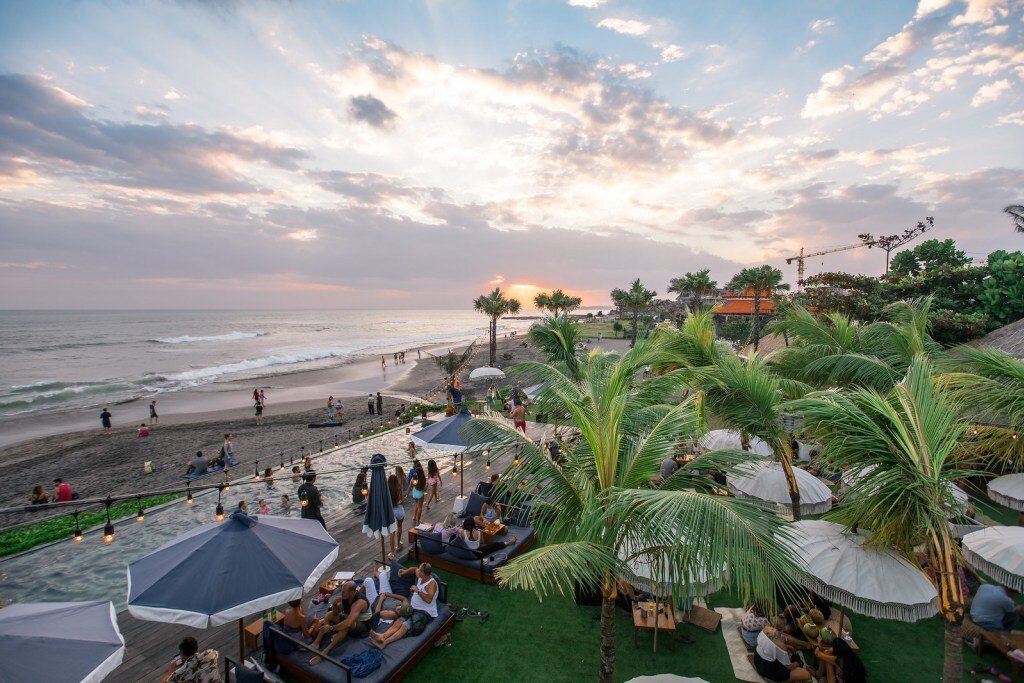
Bali finally gained access to a decent Internet connection back in 2015, and since then Canggu has made a name for itself as another digital nomad hotspot in SE Asia. Similar to Chiang Mai, Canggu has a pretty low cost of living. In fact, you can rent a villa with a pool, a scooter to get around on, and even outsource your laundry on a relatively small budget.




Weather: Bali has a tropical climate with warm weather year-round. The rainy season runs from November through March and the dry season is April through October. But there are pros and cons to visiting Bali during different times of year.
Language: Indonesian; English is widely spoken
Average Cost of Living: $700 – $1,300 USD per month
-
Average Room Rental: $400 – $800 per month (most rentals in Bali are rooms in a shared villa or rooms in a guesthouse)
-
Tip: A good way to find housing is by joining the “Canggu Community Housing” Facebook group.
-
Where we lived: We’ve lived in Matra Co-Living (in Berawa) and found it to be affordable and a good base for a short-term stay. We paid $450 USD/month for a room during our most recent stay (it’s more like a hotel than a villa). This also includes access to their rooftop co-working space!
-
-
Meal at a local restaurant: $5 – $10 USD
-
Coffee: $1.50 USD
-
Beer: $2.50 USD
-
Motorbike rental: $50 – $70 USD per month
Check out our 1 week Bali budget for a full budget breakdown.
Packing: Get a free PDF download of our ultimate packing list for SE Asia.
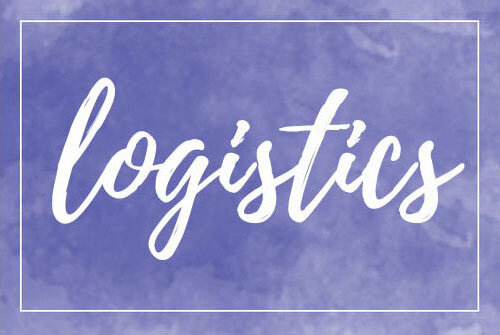



Recommended Neighborhood(s): Berawa, Batu Balong, Pererenan
Getting Around: The most common way of getting around in Canggu is by motorbike. There aren’t really sidewalks, and motorbike traffic can be very heavy at times, so the streets aren’t very walkable. Gojek is an app that works like Uber where you can request a ride on a motorbike or in a car. Bluebird taxis are also available. Be warned, it takes a lot longer to get places by car because the roads are very narrow and traffic is heavy.
Visa: Some nationalities (US, UK, Australia, etc.) allow for visa exemption in Indonesia, which will give you 30 days in the country. You can choose to pay about $35 USD for a visa on arrival, which will allow you up to 60 days, but you will have to make multiple trips to the visa office to get the 30 day extension.




Co-working spaces to check out:
Best Wifi Cafes:
-
Dua Tiga (head all the way upstairs!)
-
Koloni
-
Tropikale
Local SIM Card: You can purchase a local prepaid SIM card for about $10 USD in Bali from a Telkomsel reseller. You’ll find shops all over Canggu that sell these SIM cards and you can top off if you run out of data.




Top Things to Do in Bali:
-
Take a bike tour of the Balinese countryside.
-
Try your hand at Indonesian specialties with a Balinese cooking class.
-
Hike Mount Batur to watch the sunrise.
-
Chase some of the most beautiful waterfalls you’ve ever seen.
-
Get away to the nearby islands such as Nusa Penida, Lombok (which includes the famous Gili Islands), or Flores.
Read about all the best things to do in Bali that you can’t miss.
Community: Join Facebook groups such as “Bali Digital Nomads” and “Canggu Community Expats” to connect with the nomad community there. Coworking spaces like Dojo also host regular events that are open to non-members as well.
The ultimate Digital Nomad gear
We put together this awesome resource with all of the essential gear for life as a Digital Nomad! From travel essentials and electronics to gadgets that’ll make your life easier on the road, we’ve cover it all!
And the best part.. it’s totally FREE! Just click below and enter your email. We’ll immediately send our digital nomad gear guide to your inbox!
Cape Town, South Africa
An urban metropolis between the mountains and the sea
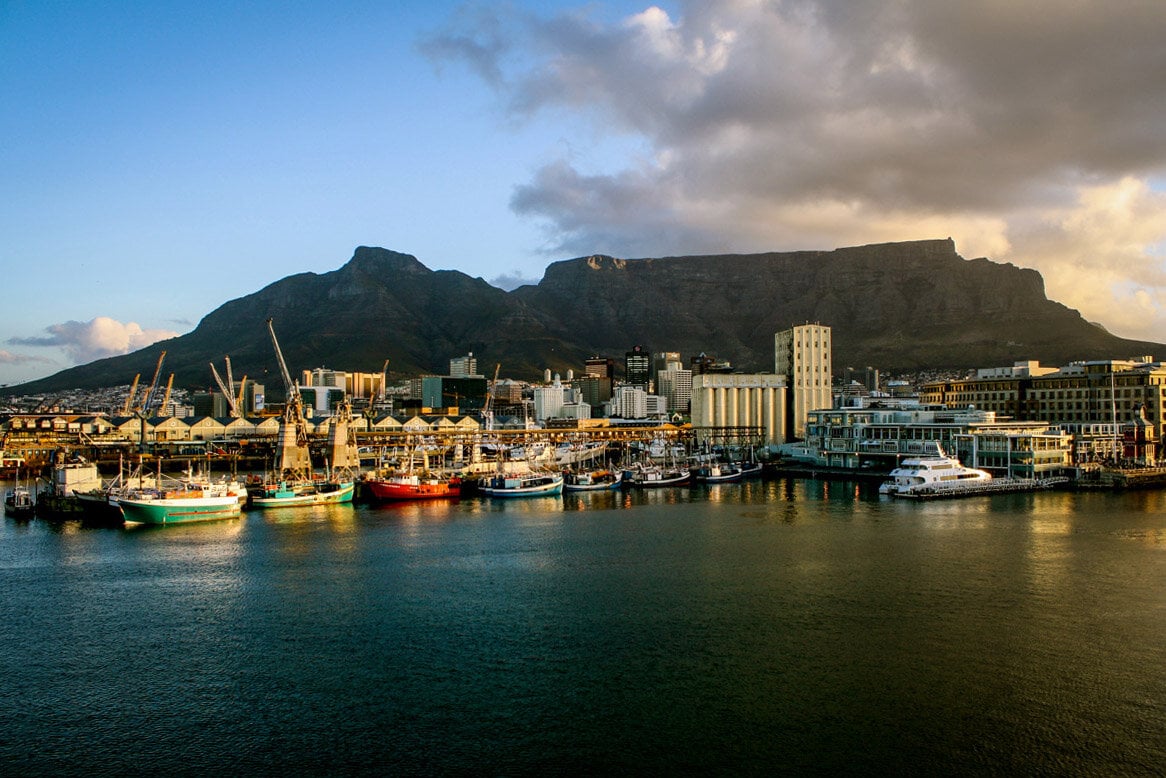
In a city where the mountains meet the sea, there is no shortage of adventures and opportunities to be had in Cape Town, South Africa. As a foodie town, just a short distance from beautiful wine country and surrounded by nature, digital nomads have found the perfect work-life-balance here.


Weather: Cape Town enjoys fairly mild weather year round with highs in the 80s (27-30 °C) in the summertime and lows in the 50s (11- 13 °C) during winter. The seasons are opposite those of the northern hemisphere. Summers are warm and dry while winters are cool and wet.
Language: English
Average Cost of Living: $850 – $1,500 USD per month
-
Average Apartment Rental: $1000 USD per month (you can find single rooms for much cheaper than a full apartment)
-
Meal at a local restaurant: $8 – $15 USD
-
Coffee: $1 – $2 USD
-
Beer: $2.50 USD
Packing: The mild climate means you can get away without packing heavy winter clothes. Pack plenty of layers as evenings can get cool even in the summer time and be sure pack lots of activewear. Don’t forget your swimsuit!

Recommended Neighborhood(s): Sea Point, Green Point, Camps Bay
Getting Around: Most neighborhoods in Cape Town are very walkable and have everything you will need. Taxis are also available within the city, but we’d recommend using the Uber app to get rides as they are a bit safer and you won’t have to exchange money. Public buses and trains get you to the areas further outside the city. Renting a car is another affordable alternative for further exploration.
Tip: If you’re keen on exploring more of the southern cape or perhaps driving the famous Garden Route, why not try a campervan rental to give yourself more freedom and cut down on your cost of accommodation.
Visa: Many nationalities (US, UK, Canada, etc.) do not need a visa to enter South Africa for a stay up to 90 days. Just be careful you don’t over stay as you could be banned from entering again up up to 10 years.

Co-working spaces to check out:
Best Wifi Cafes:
-
Bootlegger Coffee Co.
-
Mojo Market (not exactly a cafe, but a giant food hall with Wifi!)
-
Truth Coffee
Local SIM Card: You can purchase a local prepaid SIM card in Cape Town from any Vodacom retailer. There is a Vodacom store inside the Cape Town Airport, just outside the baggage claim area.




Top Things to Do in Cape Town:
-
Take the cable car to the top of Table Mountain
-
Get lost in Kirstenbosch Botanical Gardens
-
Stroll or eat your way through the V&A Waterfront
-
Hike up Lion’s Head (bonus points if you make it up there for sunrise!)
-
Join the other sun worshipers on the beach
There are so many fun and active things to do in Cape Town it was hard for us to choose just a few!
Community: Join Facebook groups like “Cape Town Digital Nomads” to see what’s happening with other expats in the community. Meetup.com also hosts regular meet ups in the city.
Looking to make some extra cash to fund your travels? Check out this list of legit side hustle ideas to make money online —now!
Playa del Carmen, Mexico
Walkable beach life with all the conveniences of a city
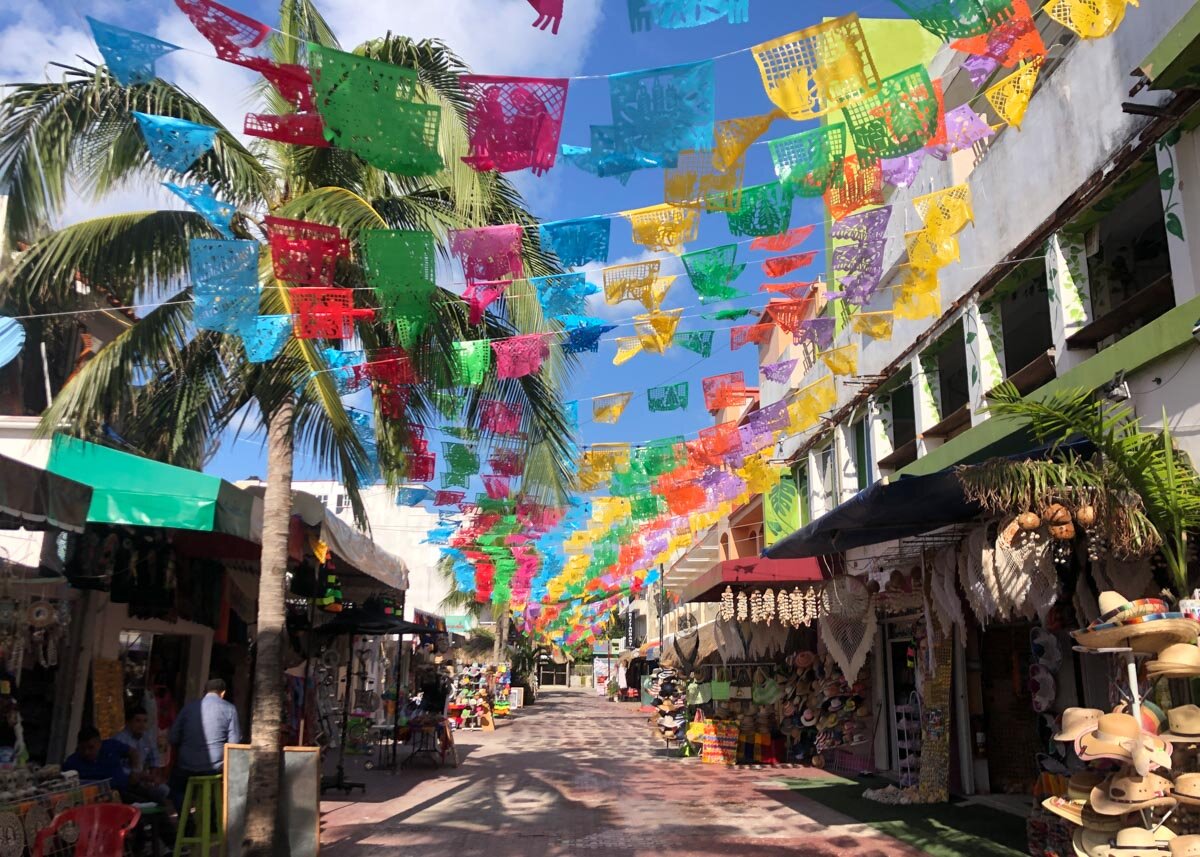
Mexico has a lot of really interesting and unique places to visit full of culture, delicious food, and plenty of sunshine and beaches! In fact, we have lots of resources for some of Mexico’s other hotspots such as Oaxaca and Mexico City. However, if you’re looking for a place to settle down for a longer stay (1+ months) with beaches and some of the comforts of home, Playa del Carmen checks all the right boxes.
-
Inexpensive cost of living: check!
-
High-speed Internet connection: check!
-
Plenty of wifi cafes to work from: check!
-
Sunshine and white sand beaches: check!
-
Enough restaurants to satisfy a foodie: check!
-
Nightlife and plenty of things to do in the city: check!
-
Adventurous outdoor activities: check!
-
Lots of options for day and weekend trips: check!
-
Healthy food and lifestyle options: check!
-
A large community of ex-pats and other digital nomads: check!
I could keep going but you get the picture…




Weather: Average temps is Playa del Carmen range between 66-91 °F (19-33 °C). Summers are hot and humid, but the winters are much more ideal with avg. temps in the low 80s. Hurricane season on the Gulf coast lasts from Aug – Oct.
Language: Spanish; English widely spoken in the tourism industry
Average Cost of Living: $900 – $1,500 USD per month
-
Average Apartment Rental: $1000 USD
-
Meal at a local restaurant: $7 USD
-
Coffee: $1.5 USD
-
Beer: $3 USD
Packing: Pack plenty of swim and beachwear! The dress here is very casual, but there are some nice restaurants and reasons to dress up a bit. Bring light layers for the cooler evenings in the winter months.
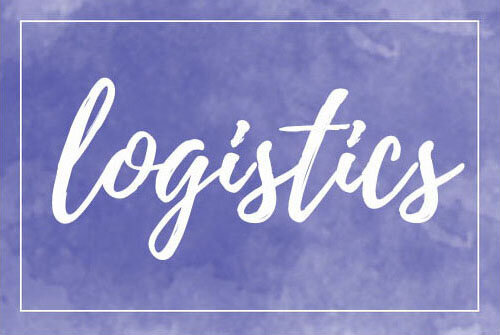



Recommended Neighborhood(s): Centro, between Av. CTM and Av. Benito Juarez
Getting Around: Getting around Playa del Carmen is pretty easy on foot, especially if you are staying in the Centro area. The city is flat and very walkable. Taxis are also available and easy to hail from just about any major street, but taxi prices can be steep. Be sure to negotiate your price before getting in — most taxis don’t use a meter. Uber is unfortunately not available in this area.
Visa: Most passports, including the US, Canada and EU, don’t need a visa to enter Mexico. You will automatically get 6 months stay, which resets every time you enter the country.




Co-working spaces to check out:
Best Wifi Cafes:
-
Mercado 30
-
Fresco Habito
-
Bio&Natural
-
Ojo de Agua
-
Choux Choux
Local SIM Card: You can purchase a local prepaid SIM card in Playa del Carmen from any Oxxo convenience store for around $20 USD. Once you have your SIM, you can top off each month for about $10 online via Xoom by PayPal.




Top Things to Do in Playa del Carmen:
-
Explore the cenotes (Cenote Azul, Zacil-Ha, Gran Cenote, Dos Ojos, Carwash, Yax-Kin, etc.)
-
Head to the beach north of Av. CTM
-
Go snorkeling or diving
-
Hit up a rooftop “beach” club pool
-
SUP boarding with Aloha Paddle Club
-
Day or weekend trip to Tulum, Puerto Morelos, or Isla Mujeres
Psst! There are plenty more adventures to be had in the Yucatan Peninsula.
Community: Join public Whatsapp group chats like “Playa Crew” and “Ladies of Playa” to see what’s happening with other digital nomads in the community.
Da Nang, Vietnam
Coastal city living on a SE Asia budget
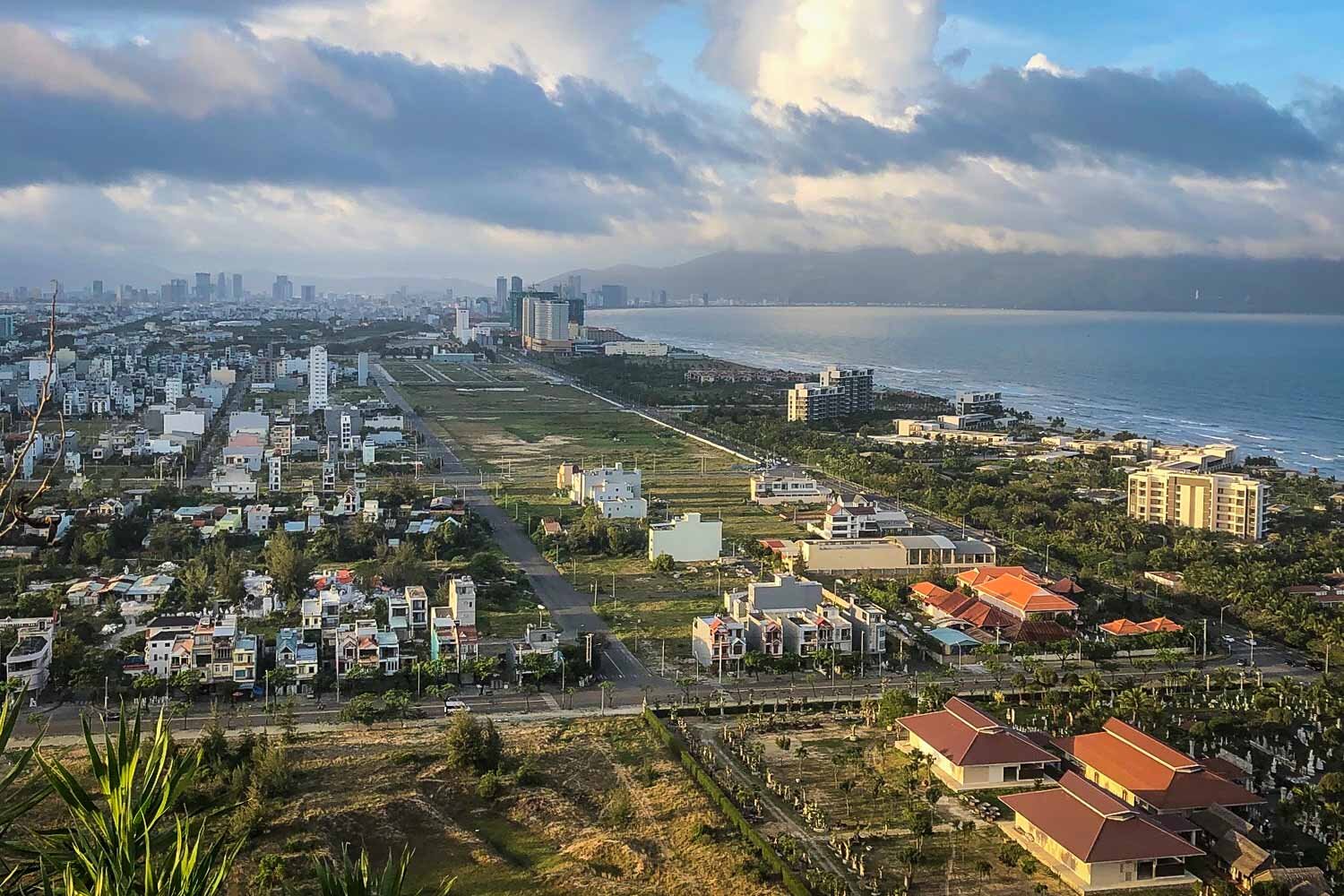

Da Nang, Vietnam | Photo Credit: Joao Mendes from No Footprint Nomads
A recent addition to the Digital Nomad “scene,” Da Nang is sometimes described as the Vietnamese version of Chiang Mai… with a beach! If low-cost beachfront living is your desire, than Da Nang is a great place to set up shop.
This coastal city has the mountains in the backdrop and a palm-tree lined white sand beach at it’s edge. Life here runs at a slower-pace than in the capital city of Hanoi, and with tasty Vietnamese cuisine, a craft beer scene and fast Wifi, what more could you ask for?!
Quote from our friend, Joao Mendes, from No Footprint Nomads, and currently DN-ing in Da Nang:
Da Nang is exactly what we were told about: an up-and-coming digital nomad destination with all the potential to become the Asian capital of remote workers.
It’s divided in two by the river. On one side you have the downtown of a little Shanghai, on the other is a laid back beach town where most foreigners live.
It’s relatively small, but growing by the week, nomad community is very active and already has weekly meet ups with 20+ nomads. Just head to the Digital Nomads Da Nang FB group to follow everything that it is happening.
Because of the lack of green parks in town, the city beach has activity all day, from yoga classes to evening gatherings around a fire, it is indeed the heart of the town.
Da Nang is also an up-and-coming tourist destination for locals and also many Chinese travelers. If you live in the center of My An – where most nomads do – you may be a bit overwhelmed with the crowds and the construction of new hotels everywhere.
If you manage to rent an apartment North or South of My An, you will still be very close to the activities and walking distance from the beach.
We recommend Da Nang to anyone that wants to live by the beach, with great weather most of the year, and a growing community of Nomads.




Weather: Da Nang is warm all year round with average temps ranging from 65-95 °F (18-34 °C). The wet season is from September – March while the dry season is from April – August.
Language: Vietnamese, English is somewhat understood
Average Cost of Living: $600 – $1200 USD per month
-
Average Apartment Rental: $600 USD per month (you can find places for as little as $300/month)
Tip: The best way to find housing is by joining Facebook groups such as “Apartments for Rent in Da Nang” and Da Nang Apartments and Rooms.”
-
Meal at a local restaurant: $3 – $4 USD
-
Coffee: $1 USD
-
Beer: $1.20 USD
Packing: Get a free PDF download of our ultimate packing list for SE Asia.




Recommended Neighborhood(s): My An neighborhood
Getting Around: Motorbikes are the primary mode of transportation around Da Nang, but be careful of other drivers as driving can be a bit crazy there. The My An neighborhood is very walkable. Other modes of public transportation are the Grab App (a car service similar to Uber), and taxis.
Visa: You can get an e-visa by applying through the Vietnam e-visa page if you are a passport holder from one of 40 countries (yes, USA and UK are on the list). A 30-day, single entry visa is $25 USD.
Check out this article for the full details on obtaining a visa for Vietnam.




Co-working spaces to check out:
Best Wifi Cafes:
-
Tanh Tam Coffee and Bakery
-
43 Factory Coffee Roasters
-
Gozar Coffee
Local SIM Card: You can purchase a local prepaid SIM card in Da Nang from any Viettel reseller for around $5+ USD. These are usually found in convenience stores or mobile shops.




Top Things to Do in Da Nang:
-
Head to the beach
-
Rent a motorbike and drive the Hoi Van Pass
-
Try all the Vietnamese cuisine you can (some of our favorites are banh mi, cao lầu, and banh bot loc)
-
Day trip to Hoi An – just 35 min South of Da Nang
-
Hike the Marble Mountains
Community: Join Facebook groups like “Da Nang Hoi An Expats” and “Digital Nomads in Da Nang” to see what’s happening with other expats in the community.
Want to see more of the country? Check out our complete itinerary for one month in Vietnam.
Alternative to Da Nang: Ho Chi Minh City, the start up capital of SE Asia and largest city in Vietnam, is another city digital nomads like to call home. There you will find super-fast Internet speeds and a thriving cafe culture, plus it’s a great home base for visiting other popular destinations in the region.
Lisbon, Portugal
Easy access to Europe without the pricetag
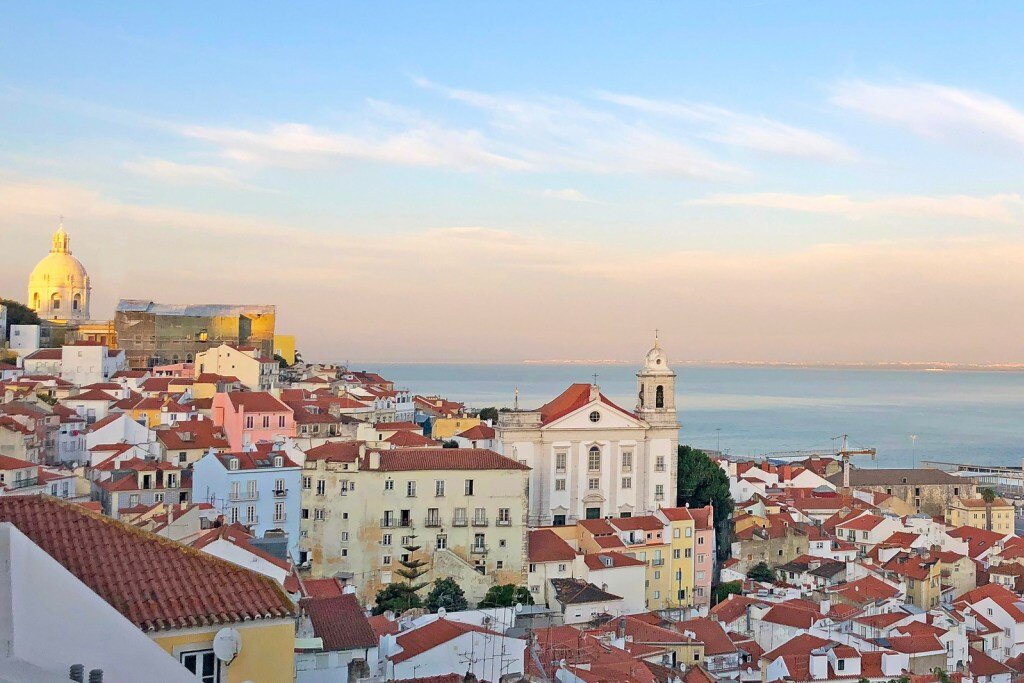
Lisbon has become western Europe’s digital nomad hub in recent years. The relatively low cost of living (for European standards), mild climate and modern infrastructure have attracted the nomad community.
Wifi cafes around the city are plentiful and there are now a plethora of co-working spaces to choose from as well. With such a large community of digital nomads in the area, there are lots of opportunities for meetups and events.




Weather: Average temps is Lisbon range between 47-83 °F (8-28 °C). Summers are warm and dry, winters are colder and wet.
Language: Portuguese; English mostly understood
Average Cost of Living: $1,200 – $1,800 USD per month
-
Average Apartment Rental: $1000 USD
-
Meal at a local restaurant: $11.50 USD
-
Coffee: $2.60 USD
-
Beer: $3 USD
Packing: Pack plenty of layers if you are planning to visit during the cooler months. Unlike in SE Asia, you’ll want to dress a bit more “put together” when going out in Lisbon. Don’t forget your swimsuit if you are coming during the summer!




Recommended Neighborhood(s): Barrio Alto, Alfama
-
Note: The neighborhoods listed above are popular with digital nomads, but do some research on the neighborhoods in Lisbon so you can find one that suits your specific style.
Getting around: The city center in Lisbon is very walkable, although there are many steep hills. Public transportation includes buses, trains and a metro. Uber is safe and reliable in Lisbon as well.
Visa: EU, Schengen Zone visa means certain nationalities (US, Canada, Australia, etc.) can visit the zone for up to 90 days in a rolling 180 day period.




Co-working spaces to check out:
-
Cowork Lisboa
Best Wifi Cafes:
-
Village Underground
-
Copenhagen Coffee Lab
-
Pois Cafe
Local SIM Card: A prepaid local SIM can be purchased for $11 – $15 USD from any of the major carriers in Portugal: Meo, Nos, Vodafone. Vodafone has a kiosk inside the Lisbon airport, just outside of Arrivals.




Top Things to Do in Lisbon:
-
Climb to the top of the Santa Justa lift for a panoramic view.
-
Check out the LX Factory: a former industrial site, turned into a creative area housing artsy retailers and eateries.
-
Head to the beach to catch a wave or relax in the sand.
-
Grab a cocktail on a rooftop bar to watch the sunset.
-
Road trip (or take public transportation!) to nearby Sintra to see the famous (and very Instagrammable) castles.
Community: Join the Lisbon Digital Nomads online community or look for Facebook groups such as “Lisbon Digital Nomads” to see what’s going on with other expats in the community.
Medellín, Colombia
Start-up capital of South America
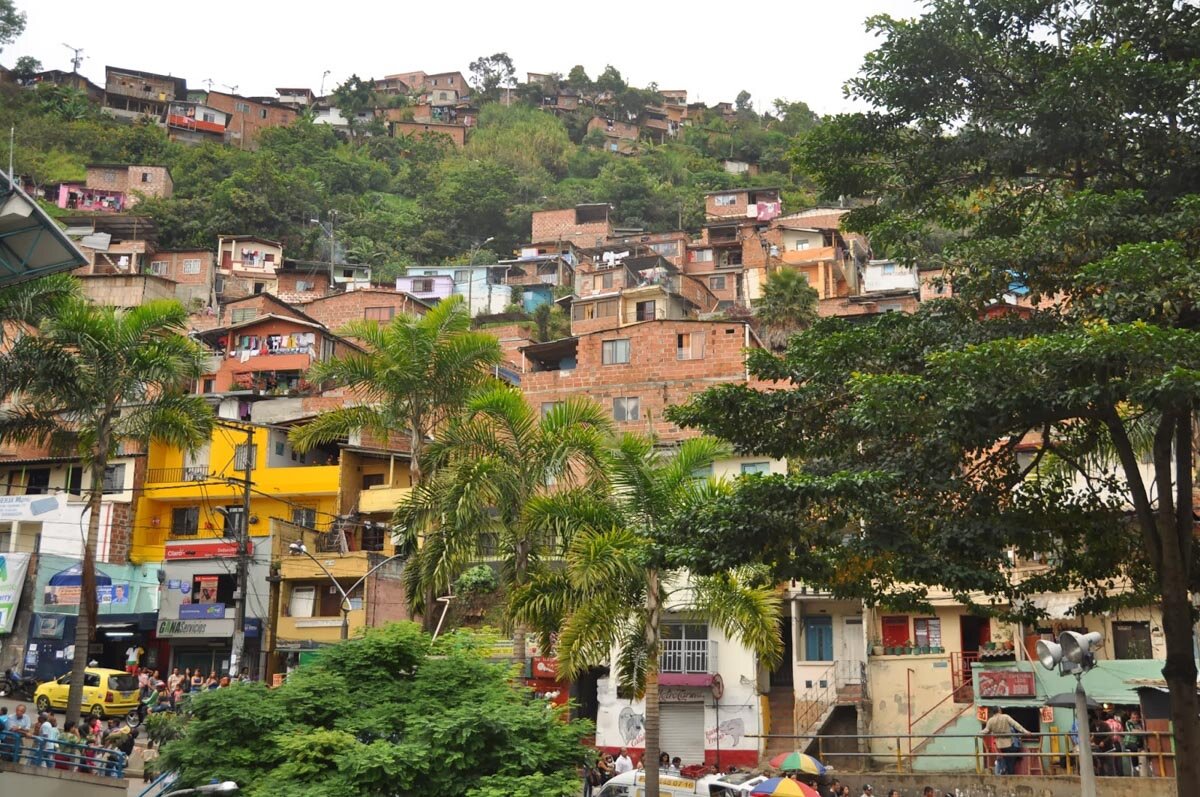
The mountainous Columbian city of Medellin has come a long way since it’s spotted past during the days of Pablo Escobar, and has emerged as a major tech hub in South America. Nick-named “The City of Eternal Spring” for its mild climate, the city has a special draw for digital nomads, start-ups and entrepreneurs.




Weather: With it’s high altitude and sub tropical climate, Medellin enjoys a comfortable climate year-round. Average daily temps are about 73 °F (23 °C). The rainiest months are in the spring and fall.
Language: Spanish; English is somewhat understood
Average Cost of Living: $700 – $1,200 USD per month
-
Average Apartment Rental: $700 USD per month (rooms in shared apartments are always cheaper)
-
Meal at a local restaurant: $6 USD
-
Coffee: $2.35 USD
-
Beer: $1 USD
Packing: The comfortable “spring” temperatures means you can pack the same no matter what time of year you’re visiting. Be sure to pack layers and a jacket.




Recommended Neighborhood(s): El Poblado, La Florida, Laureles
Getting Around: Neighborhoods in Medellin are very walkable. Public transportation includes buses and the metro, which are both good for getting around the larger city. Use the app EasyTaxi for local taxis. Uber is safe and reliable in Medellin as well.
Visa: US citizens (as well as some other nationalities such as UK) do not need a visa for entering Colombia as a tourist for up to 90 days.




Co-working spaces to check out:
Best Wifi Cafes:
-
Pergamino Cafe
-
Cafe Velvet
-
Al Alma Cafe
Local SIM Card: A prepaid local SIM can be purchased for around $5 USD from any of the major carriers in Colombia: Claro, Movistar, Tigo Une. You can find these in phone stores or convenience stores with the carrier’s logo displayed.




Top Things to Do in Medellin:
-
Take the Metrocable all the way up to Parque Arvi for unparalleled panoramic views of the city.
-
Take a free walking tour to get your bearings in the city.
-
Take a day (or even better a weekend) trip to the colorful lakeside town of Guatapé.
-
Try your hand, err feet… at salsa dancing.
-
Check out Plaza Botero for street food and people watching.
Community: Join Facebook groups like “Digital Nomads: Medellin” to see what’s happening with other expats in the community. Meetup.com also hosts regular meet ups in the city.
Want to know more? Read about our experience in Medellin.
Mexico City, Mexico
Cosmopolitan capital in the heart of Mexico
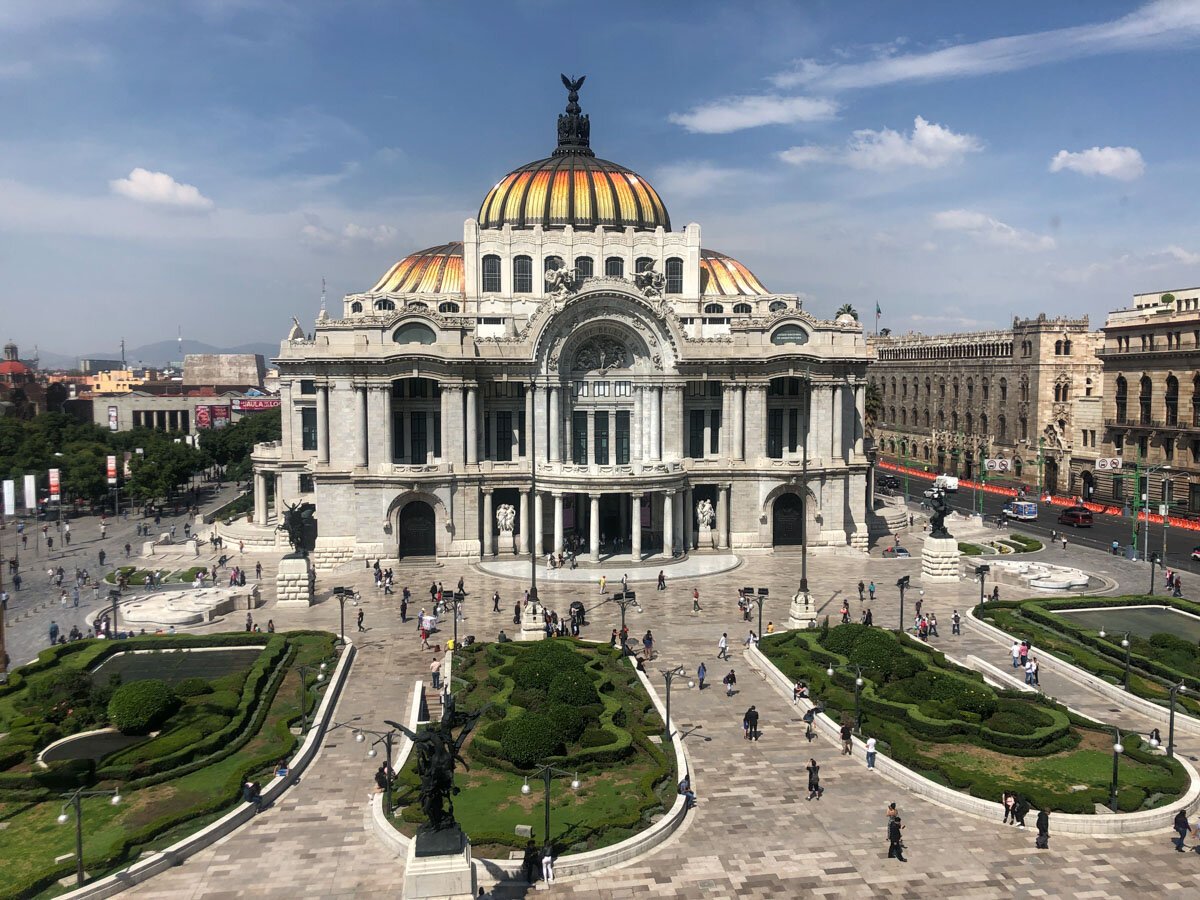
This one doesn’t seem to have quite the initial draw that other cities do, but will undoubtably change your mind once you’ve visited and have you wishing you had more time to spend there.
The ease of the city with it’s world-class cuisine, mild winters and low cost of living makes Mexico City a great place for digital nomads. Plus the cafe culture is thriving and you will find you’re not the only one posting up with a laptop for the day.




Weather: The average temperatures vary from about 43-80 °F (6-27 °C) throughout the year. The rainy season is warm and overcast while the dry season is comfortable and party cloudy.
Language: Spanish; English spoken in tourist areas
Average Cost of Living: $850 – $1,800 USD per month
-
Average Apartment Rental: $900 USD per month (there are higher-cost areas of the city and areas where you can find a place for as low as $650/month)
-
Meal at a local restaurant: $8 USD (street food is much cheaper)
-
Coffee: $2.80 USD
-
Beer: $1.20 USD
Packing: Pack for the seasons in Mexico City. In the summer you’ll want lighter clothing that can breathe, and in the winter pack layers. Don’t forget an umbrella and a nice outfit for a fancy dinner.




Recommended Neighborhood(s): Roma Norte, Condesa
Getting Around: Mexico City has a metro and city bus system, however, it is not advised for tourists to take the metro. We’d encourage you to use the Uber app for safe and reliable transportation around the city.
Visa: US citizens (along with 68 other nationalities) are not required to get a visa to enter Mexico for up to 180 days.




Co-working spaces to check out:
Best Wifi Cafes:
-
Blend Station
-
Cafe Etrusca
-
Browns Caffeine Lab
Local SIM Card: A prepaid local SIM can be purchased for around $7 USD from Telecel. You can pick these up in any OXXO locations or Telecel retailers.




Top Things to Do in Mexico City:
-
Do a combination food tour and mezcal tasting
-
Check out the artwork in Chapultepec Castle
-
Visit the National Museum of Anthropology
-
Catch a Lucha Libre match
-
Take the elevator to the top of the Monument of the Revolution for 360° views of the city
Community: Join Facebook groups like “Mexico City Digital Nomads” and “Expats in Mexico City” to see what’s happening with other expats in the community.
Find out all the fun things to do in Mexico City, including where to eat and where to stay. Then explore the highlights of the city with our ultimate 3-day Mexico City itinerary.
Austin, Texas, USA
A start-up capital with a laid back vibe
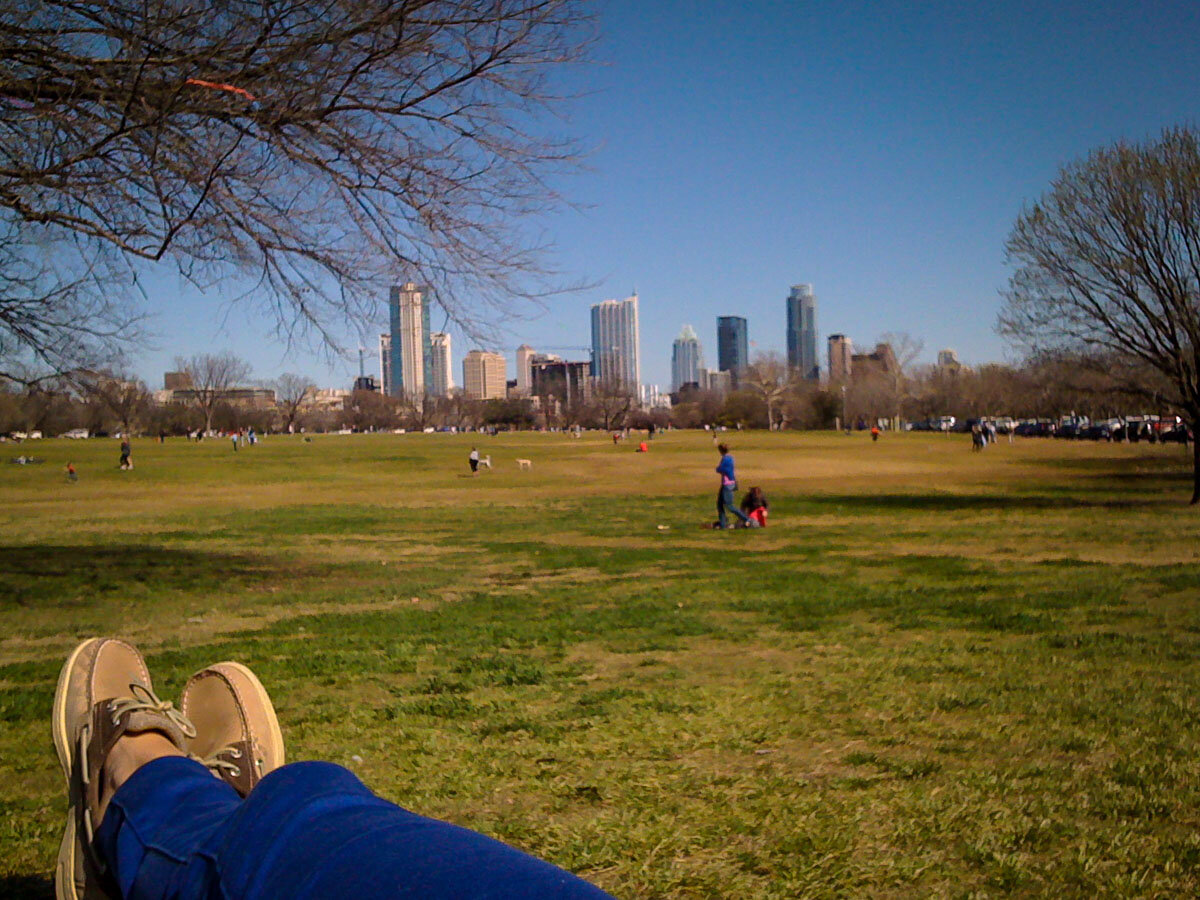
Austin bears little resemblance to any of it’s sister cities in the state of Texas. The “Lone Star State” is known for it’s larger than life mentality and proud cowboy-boot wearing residents. However, Austin likes to keep things a bit more… weird! The notoriously liberal city in a very “red” state boasts a thriving art scene, tons of live music, nightlife and of course, lovers of the great outdoors.
Austin’s creative community is part of what makes it a hub for start ups and remote workers. The coffee culture is on point and there are tons of coworking spaces set up around the city. Which is why Austin makes an excellent US base for digital nomads.




Weather: Winters here are mild with temps ranging from 40-65 °F (4.5 – 18 °C). And the summers are hot and humid with average temps reaching the high 90s (35+ °C).
Language: English
Average Cost of Living: $1,800 – $2,500 USD per month
-
Average Apartment Rental: $1,300 – $1,500 for a 1 bedroom monthly rental
-
Meal at a local restaurant: $10 USD
-
Coffee: $4 USD
-
Beer: $4 USD
Packing: Pack for the seasons in Austin. In the summer you’ll want lighter clothing that can breathe, and in the winter pack layers. Don’t forget athletic wear for enjoying the great outdoors and a swimsuit too!
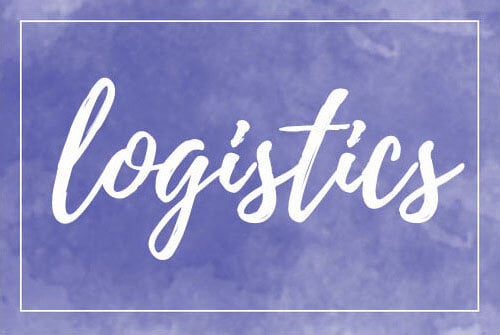



Recommended Neighborhood(s): Downtown Austin, Westend, Zilker, Bouldin Creek
Getting Around: Austin has a metro system for getting to the city from the outter areas a good public bus system. Uber and Lyft (competing ride app) are easy and reliable methods of transportation. The downtown area is pretty walkable and there are bicycle shares and electric scooter shares as well.
Visa: The Visa Waiver Program enables citizens of participating countries to travel to the United States for tourism or business up to 90 days without obtaining a visa.




Co-working spaces to check out:
Best Wifi Cafes:
-
Bennu Coffee
-
Radio Coffee & Beer
-
Flightpath Coffee House
Local SIM Card: The US is notorious for being one of the most expensive countries for cellular data. T-Mobile offers a prepaid SIM with 5GB data for around $30 USD. AT&T also offer a prepaid SIM with unlimited data for different durations up to 1 month for $40.




Top Things to Do in Austin:
-
Catch a live music show
-
Take a dip in Barton Springs Natural Swimming Pool
-
Eat BBQ (after all Texas is known for having the best BBQ in the world!)
-
Take a tube down the Colorado River
-
Fly a kite, walk the trails or pack a picnic to enjoy in Zilker Park
Community: Meetup.com hosts regular events in Austin. Bumble BFF is another great app to use for meeting people. Generally going to events hosted by coworking spaces or hanging out at cafes is a great way to meet other remote workers as well.
Check out our local’s guide to Austin, TX for suggestions on how to spend your free time and most importantly: where to get the best food!
Tallinn, Estonia
Up-and-coming Eastern European tech hub
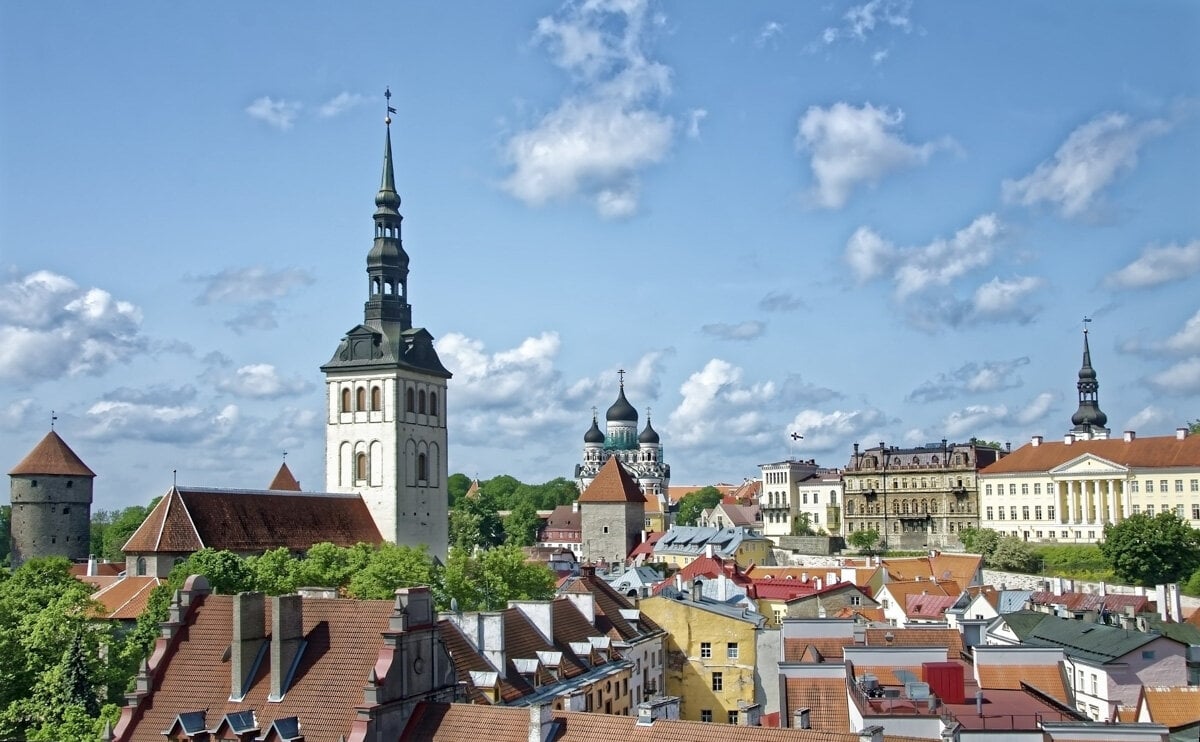

Tallinn, Estonia | Image by Makalu from Pixabay
As the most digitized city in the world, it should come as no surprise that Tallinn, Estonia is on the rise as a major digital nomad hub in Eastern Europe. It’s the birthplace of popular tech products such as Skype and Transferwise, and the city even went so far as to declare access to the internet a basic human right.
In 2019, Estonia launched a new initiative to offer the first ever digital nomad visa. The “e-residency” as they are calling it, grants digital nomads the opportunity to live and work in Estonia for a full year, and even includes a Schengen visa for that period.
Access to public healthcare is another feature of the visa said to be rolled out in the future as well. It’s estimated to bring over 1,400 workers into the country every year, so the nomad community there will soon be thriving.


Weather: With a humid continental climate, rain (and snow from Nov – April) can be expected all year round. Tallinn experiences all 4 seasons in the northern hemisphere with winter being the coldest (temps between 0 to 40 °F / -18 to 5 °C) and summer being the warmest (temps between 60 to 70 °F / 15 to 20 °C). A warm summer can reach up to 80 °F / 27 °C.
Language: Estonian or Russian; English is somewhat understood (more so in touristy areas)
Average Cost of Living: $1,400 – $2,000 USD per month
-
Average Apartment Rental: $1000 USD per month
-
Meal at a local restaurant: $10-$15 USD
-
Coffee: $3.60 USD
-
Beer: $4 USD
Packing: You’ll want to pack lots of layers for travel in Tallinn. If visiting from September – April, you’ll want warmer winter layers and winter boots as well.




Recommended Neighborhood(s): Kalamaja / Teleskivi, Tatari / Sibulakula, Kesklinn
Getting Around: The city itself is pedestrian-friendly and very walkable, especially near and around Old Town. The tram system and buses are a safe and reliable (and quite comfortable!) mode of transportation. Uber is also available here.
Visa: EU, Schengen Zone visa means certain nationalities (US, Canada, Australia, etc.) can visit the zone for up to 90 days in a rolling 180 day period. The E-Residency visa allows you to stay for up to a year and can be applied for online.




Co-working spaces to check out:
Best Wifi Cafes:
-
Caffeine Roasters
-
Reval Cafe
-
Gourmet Coffee
Local SIM Card: The city offers free public Wifi with over 30 hotspots, so you may not need data. However, if you prefer to get a local SIM, you can purchase one from any of the major carriers in Estonia: Elisa, Tele2, EMT. Supermarkets and R-kiosks will have these available.




Top Things to Do in Tallinn:
-
Visit the Old Town UNESCO World Heritage site and take a walking tour
-
Go hiking in nearby forests and countryside
-
Take the ferry to Helsinki for a day trip to Finland
-
Head to the beach in the summertime
-
Visit museums and cultural sites such as the Kumu Museum, Summer Palace of Peter the Great and the Avro Part Center
Community: Join Facebook groups like “Expats in Tallinn, Estonia” to see what’s happening with other expats in the community.
Tips before moving
No matter which city calls to you, here are some important things to consider before you get on that flight…
- If you don’t know the city well, consider booking an Airbnb for a few days while you get a feel for the neighborhoods.
- Join some Facebook groups and connect with other Digital Nomads in the area.
- Be open and flexible. You might not love a city (even though others digital nomads rave about it). This lifestyle isn’t about living in a place you don’t love, so it’s okay if you want to move on more quickly than you anticipated. And on the other hand, maybe you’ll fall in love with a city and the community there. Build some flexibility into your life so you can extend your stay if possible.
- Make friends with locals as well as other digital nomads.
- Make sure you have insurance. This should be common sense, but we just had to say it.
- Be sure you have some money saved up and you have a realistic idea of how much the cost of living will be.
- Know the visa situation. You don’t want to get in trouble with the law!
- Learn a handful of words and phrases in the language of your host country.
- Make a list of things you want to do while you’re there. Time goes by fast and you don’t want to regret not exploring.
- Pack the right things. You definitely don’t want to overpack, but you also want to be prepared for many situations and have the right tools to keep you productive as you work remotely. Lucky for you, we’ve put together a digital nomad packing list to help you get started!


Are you interested in living the digital nomad lifestyle?
We have TONS of resources on working remotely and traveling as a digital nomad. Check out our Ultimate Digital Nomad Guide for all the answers to your most burning questions, or read some of our favorite articles below.
- How to Become a Digital Nomad: A Step-by-Step Guide
- Digital Nomad’s Guide to Living in Chiang Mai, Thailand
- Digital Nomad Jobs + Advice from Female Nomads
- How to Make Easy Money Teaching English Online
Save this article on Pinterest for later!
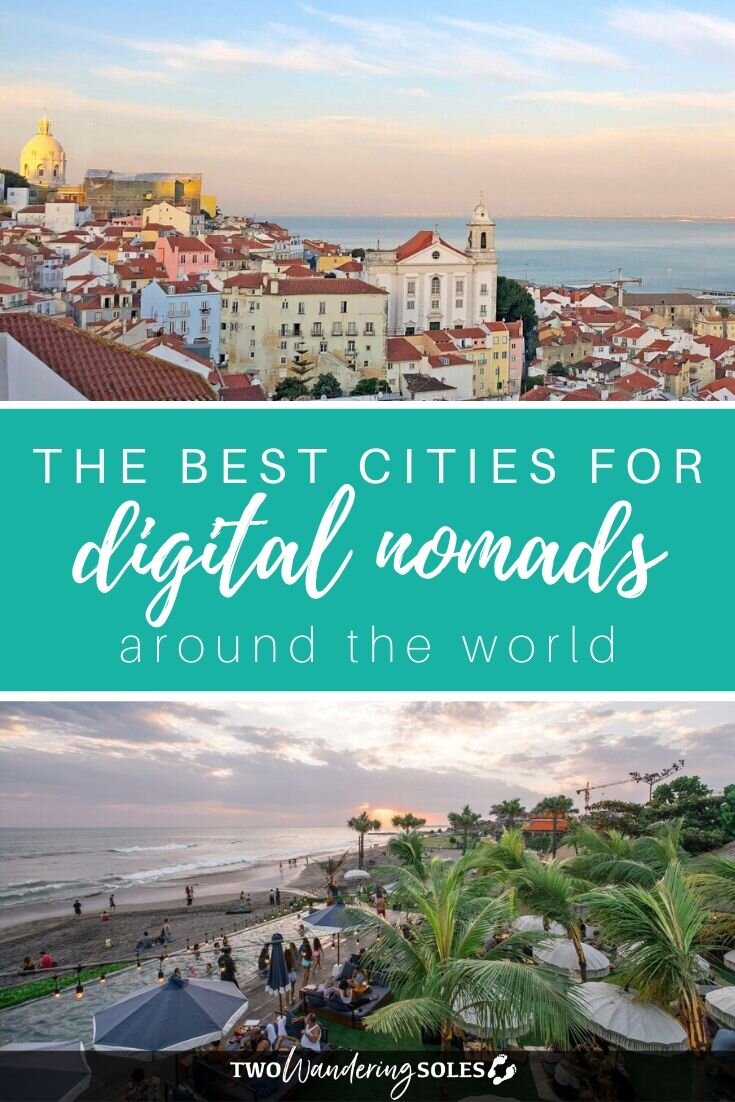

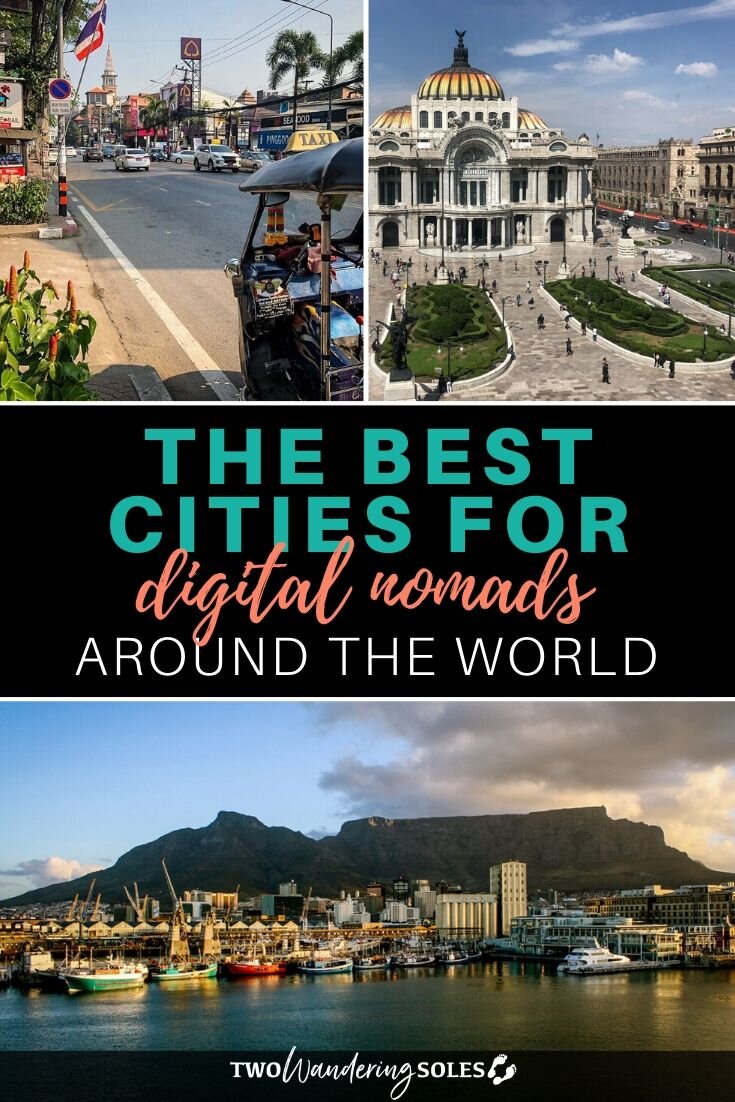

We want to hear from you!
Have you ever been to any of these cities, and if so, what was your experience like there? Are there any places you feel we left off the list that are great for the digital nomad lifestyles? Comment below and we’ll do our best to get back to you!

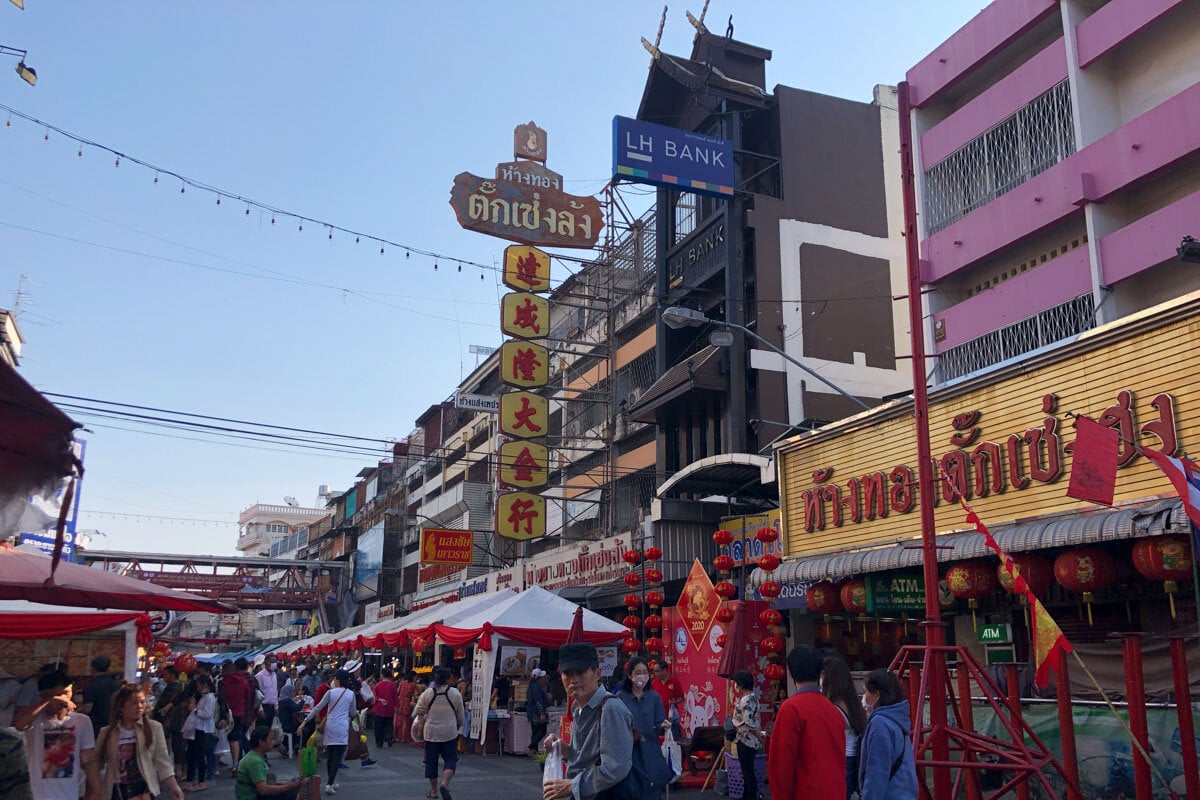
Hi guys,
The capital city of Vietnam is Hanoi.
Hey Keith, you are very correct. But as we state in the article, "Ho Chi Minh City, the start-up capital of SE Asia" 🙂
"Life here runs at a slower-pace than in the capital city of Ho Chi Minh". ?♂️
Noted, typo fixed. Thank you sir!
Add Budapest to this list. Amazing city, cheap living, and growing Digital Nomad scene. Love you work guys.
Budapest is such a great city! And you’re right, it’s a perfect digital nomad city!
Informative post, but I’m a bit confused. What all do you include in your average cost of living? You say that an average apartment in Cape Town is $1,000 yet you list the average cost of living as $850-$1500. Most of these average cost of an apartment is more or very close to the cheaper end of your average cost of living.
Hi Larua, sorry for the confusion. Let me clarify. The average cost of living includes all the things it takes to live in a city (rent, food, transport, etc.). Remember it is an average, so it can be higher and it can be lower, depending on your personal lifestyle.
For example, in Cape Town, you could find a place to live for $500 per month (like a shared apartment or a hostel) and live very frugally making your monthly cost of living be around $850. However, depending on your lifestyle, your rent and other expenses could easily be higher, that is why we gave the range up to $1,500 per month. This applies to the other Digital Nomad cities as well. Does this make sense?